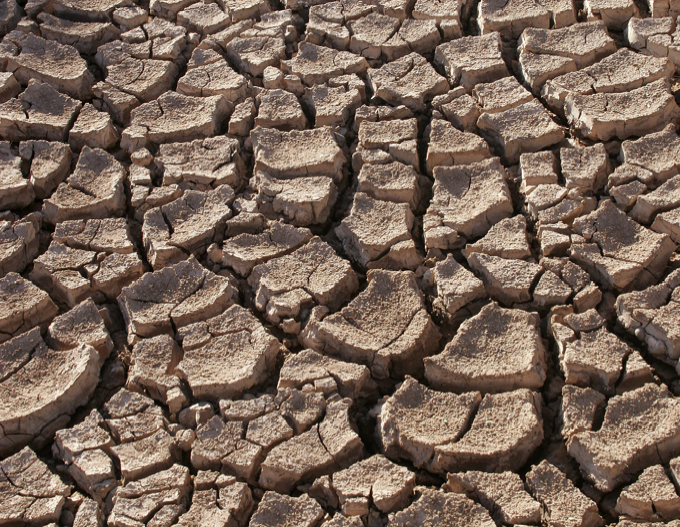Science News
Drought - Past and Future
December 8, 2011

Last spring, governor Jerry Brown declared California’s drought officially over. But if you’ve lived in California since Brown was governor the first time (through a drought, coincidentally), you know droughts will return to our great state. So do scientists. And not just in California or the US Southwest where drought persists…
At this week’s American Geophysical Union (AGU) meeting, three researchers spoke about drought—evaluating its past in areas such as Central America and the U.S. Northeast as well as predicting its future, especially in sub-Saharan Africa.
Central America provides a good context for understanding human impacts on drought because of the population fluctuations in pre-Columbian times. Benjamin Cook of NASA Goddard and the Lamont-Doherty Earth Observatory were able to reconstruct land cover in Mexico’s Yucatan and Central America from paleorecords.
When the Maya and Toltec were present from around 800-950 CE, populations reached over 19 million in the area: these sedentary agricultural societies caused rampant deforestation. After the European conquests, however, societies abandoned the area, and the forest regrew. Using simulations and comparing them to the paleorecords, Cook found that the earlier deforestation affected the climate. Evidence suggests warmer weather in southern Mexico at the time and less precipitation, likely due to a higher albedo (a higher reflectivity back to the atmosphere) thanks to less ground cover and more agriculture.
Dorothy Peteet, also of NASA Goddard, described a surprising drought history in the U.S. Northeast. She admitted that it’s “not usually thought of as a drought area, but core samples tell a different story from the past.” Looking at charcoal layers and pollen from the Hudson Estuary, there were at least three megadroughts in the past 6,000 years, one lasting about 500 years!
Even if a small drought hit the area today, it would affect several million people. Peteet and her team will continue to determine the frequency and duration of these past droughts as well as expand the research to more areas in the northeast.
Finally, Eric Wood from Princeton shared his research connecting drought, climate change, and agricultural productivity in Africa. He’s trying to determine how the impacts of climate change will affect food security and impact local populations. Rising populations in the region, as well as increased non-food agriculture and poorly-developed water management systems could exacerbate the impact of a drought.
Not surprisingly, Wood’s simulations show that agriculture productivity will suffer due to extensive drying and hotter temperatures if global warming continues.
These three researchers all describe how no matter where you live, being prepared for drought is a must.
Image: Tomas Castelazo/Wikipedia